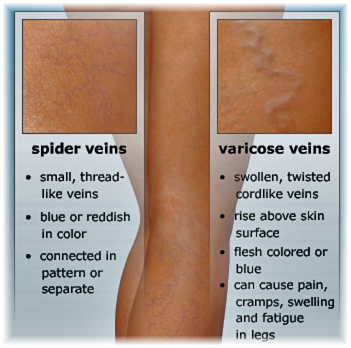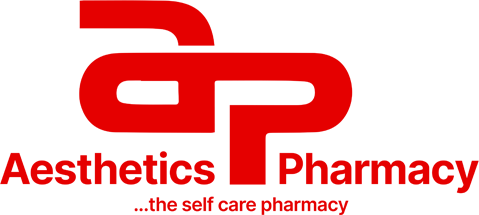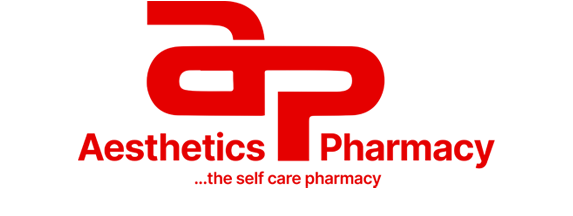What are Spider veins?
These are thin red, bluish, purplish or even greenish lines or web-like networks of blood vessels that appear on your face, legs and feet. We have been seeing an increased number of spider veins on the arms and other uncommon areas because of the increased use of skin bleaching creams that thin out the skin.
Spider veins are usually harmless, though they can sometimes cause aching, burning or pain in the legs, especially when you’ve been standing for long periods.
Spider veins vs Varicose veins.

It is important to distinguish spider and varicose veins as their modalities of treatment are different.
We treat the spider veins and smaller varicose veins with sclerotherapy and laser therapy while larger varicose veins may require minimally invasive surgical procedures to remove them.
What causes spider veins?
We do not know the causes of varicose veins and spider veins. However, in many cases, they run in families. Women seem to get the problem more often than men. Changes in oestrogen levels in a woman’s blood may have a role in the development of varicose veins. Such hormonal changes occur during puberty, pregnancy, breastfeeding and menopause.
Factors that may increase your risk of developing spider &varicose veins include:
- standing or sitting for long periods
- being immobile for long periods – for example, being confined to bed
- lack of exercise
- obesity.
How do we prepare for and what do we expect during this procedure?
Spider veins are usually harmless, though they can sometimes cause aching, burning or pain, especially when you’ve been standing for long periods.
If you have symptoms or are concerned about the appearance of spider veins, our spider veins treatment options include:
- Sclerotherapy. In this procedure, your doctor injects the veins with a solution that scars and closes those veins, causing the blood to reroute through healthier veins. In a few days to weeks, treated spider veins fade. Although the same vein may need to be injected more than once, sclerotherapy is usually effective if done correctly.Sclerotherapy doesn’t require anesthesia and can be done in your doctor’s office. Side effects include swelling, itching and skin color changes in the treated area.
- Laser therapy. Laser works by sending strong bursts of light into the vein that make the vein slowly fade and disappear. No incisions or needles are used. Laser treatment is often less effective than sclerotherapy for larger veins. Side effects may include redness, bruising, itching, swelling and permanent skin tone changes. After treatment, some blood vessels clear immediately with some fading over a few months. New spider veins can develop in the same area.

